Articles in press have been peer-reviewed and accepted, which are not yet assigned to volumes /issues, but are citable by Digital Object Identifier (DOI).
Display Method:
, Available online ,
doi: 10.6052/1000-0992-23-049
Abstract:
, Available online ,
doi: 10.6052/1000-0992-23-052
Abstract:
, Available online ,
doi: 10.6052/1000-0992-23-048
Abstract:
, Available online ,
doi: 10.6052/1000-0992-23-041
Abstract:
2024, 54(1): 1-60.
doi: 10.6052/1000-0992-23-034
Abstract:
Non-Hermitian theory, originated from quantum mechanics, is a theoretical framework for investigating the dynamics of open systems. New phenomena can be revealed with this theory, including exceptional point, chiral mode switching, and topological skin effect, which provide novel concepts for unusual wave and vibration control. This review will provide a comprehensive introduction to basic concepts of non-Hermitian theory in terms of classical mechanical systems, clarify the relationship between classical and non-Hermitian systems, and summarize the cutting-edge research progress in this field. Exceptional points and parity-time symmetry in non-Hermitian systems are firstly introduced. Then, the perturbation theory near exceptional points and its application to enhanced sensitivity are presented. Subsequently, the eigenvalue topological structure near exceptional points and eigenmode evolution in the process of dynamical encircling of exceptional points are discussed. Finally, the topological phase property of non-Hermitian mechanical systems is introduced.
Non-Hermitian theory, originated from quantum mechanics, is a theoretical framework for investigating the dynamics of open systems. New phenomena can be revealed with this theory, including exceptional point, chiral mode switching, and topological skin effect, which provide novel concepts for unusual wave and vibration control. This review will provide a comprehensive introduction to basic concepts of non-Hermitian theory in terms of classical mechanical systems, clarify the relationship between classical and non-Hermitian systems, and summarize the cutting-edge research progress in this field. Exceptional points and parity-time symmetry in non-Hermitian systems are firstly introduced. Then, the perturbation theory near exceptional points and its application to enhanced sensitivity are presented. Subsequently, the eigenvalue topological structure near exceptional points and eigenmode evolution in the process of dynamical encircling of exceptional points are discussed. Finally, the topological phase property of non-Hermitian mechanical systems is introduced.
2024, 54(1): 61-85.
doi: 10.6052/1000-0992-23-038
Abstract:
As a significant active flow control method, the synthetic jet has been considered to be promising and of great potential in applications. Due to its superior control performance, synthetic jets have wide application in improving aerodynamic characteristics of aircrafts, suppressing vibration and noise, cooling electronic devices and etc. In recent years, a large number of synthetic jet models with higher accuracy have been proposed and the underlying mechanism of the efficient entrainment has been explored more vividly. The optimization of the synthetic jet actuator and further improving its controlling efficiency has attracted more and more attention. The optimization of the actuator and its application are summarized from three aspects respectively, i.e., the actuator structure, the geometric parameters and the actuating signal. Moreover, the possible issues for future investigation have been suggested.
As a significant active flow control method, the synthetic jet has been considered to be promising and of great potential in applications. Due to its superior control performance, synthetic jets have wide application in improving aerodynamic characteristics of aircrafts, suppressing vibration and noise, cooling electronic devices and etc. In recent years, a large number of synthetic jet models with higher accuracy have been proposed and the underlying mechanism of the efficient entrainment has been explored more vividly. The optimization of the synthetic jet actuator and further improving its controlling efficiency has attracted more and more attention. The optimization of the actuator and its application are summarized from three aspects respectively, i.e., the actuator structure, the geometric parameters and the actuating signal. Moreover, the possible issues for future investigation have been suggested.
2024, 54(1): 86-137.
doi: 10.6052/1000-0992-23-045
Abstract:
Vortex cavitation, a cavitation phenomenon that occurs at the vortex center on propeller blades, often appears first on propeller prototypes. Once it occurs, it will seriously affect the acoustic stealth performance of naval vessels (the noise can increase by more than 10 dB), which limits the further increase in the critical speed of naval vessels to a great extent. Therefore, it has long been one of the key and challenging topics in the field of cavitation hydrodynamics. In this paper, the characteristics of vortex cavitating flow compared with other forms of cavitating flow are briefly introduced first, with tip vortex cavitation as the main research object. The evolution behaviors and flow mechanisms of vortex cavitation inception and development are then expounded. At the same time, the influential factors of vortex cavitation inception and development and their mechanisms are discussed in depth from the perspective of cavitation elements. In addition, the relevant research progress on several key issues, including scale effect and flow control in vortex cavitating flow, is reviewed. The internal causes of vortex cavitation scale effect and the controlling methods and ideas for vortex cavitating flow are systematically sorted. Finally, aimed at the key and tricky problems in the current research field of vortex cavitation, the experimental measurement and numerical simulation technologies used in the future research on vortex cavitating flow are summarized and outlooked.
Vortex cavitation, a cavitation phenomenon that occurs at the vortex center on propeller blades, often appears first on propeller prototypes. Once it occurs, it will seriously affect the acoustic stealth performance of naval vessels (the noise can increase by more than 10 dB), which limits the further increase in the critical speed of naval vessels to a great extent. Therefore, it has long been one of the key and challenging topics in the field of cavitation hydrodynamics. In this paper, the characteristics of vortex cavitating flow compared with other forms of cavitating flow are briefly introduced first, with tip vortex cavitation as the main research object. The evolution behaviors and flow mechanisms of vortex cavitation inception and development are then expounded. At the same time, the influential factors of vortex cavitation inception and development and their mechanisms are discussed in depth from the perspective of cavitation elements. In addition, the relevant research progress on several key issues, including scale effect and flow control in vortex cavitating flow, is reviewed. The internal causes of vortex cavitation scale effect and the controlling methods and ideas for vortex cavitating flow are systematically sorted. Finally, aimed at the key and tricky problems in the current research field of vortex cavitation, the experimental measurement and numerical simulation technologies used in the future research on vortex cavitating flow are summarized and outlooked.
2024, 54(1): 138-172.
doi: 10.6052/1000-0992-23-044
Abstract:
The extreme ultraviolet (EUV) source is the enabling component of the EUV lithography. The commercialized EUV source is based on laser produced plasma from tin droplet target. EUV source is essentially a fluid-state light source, which involves rich and complex fundamental fluid mechanics problems with four characteristic time scales ranging from picoseconds to milliseconds. This review surveys the research progress of experimental fluid dynamics for EUV sources. First, the fundamental and technical aspects of the generation and control of jet, droplet and liquid film targets are introduced. Second, the dynamic response of the three types of targets to pulsed lasers were summarized, with an emphasis on droplet targets. Finally, in order to improve the stability, brightness and life the EUV sources, three key research topics in experimental fluid mechanics worthy of attention are proposed: (i) the precise generation and manipulation of fine tin droplet targes with long spacing at high frequencies; (ii) the quantitative physical picture of the expansion and radiation of the laser produced plasma, and (iii) the deformation and fragmentation mechanism of droplet targets and suppression, collection and cleaning technologies for debris.
The extreme ultraviolet (EUV) source is the enabling component of the EUV lithography. The commercialized EUV source is based on laser produced plasma from tin droplet target. EUV source is essentially a fluid-state light source, which involves rich and complex fundamental fluid mechanics problems with four characteristic time scales ranging from picoseconds to milliseconds. This review surveys the research progress of experimental fluid dynamics for EUV sources. First, the fundamental and technical aspects of the generation and control of jet, droplet and liquid film targets are introduced. Second, the dynamic response of the three types of targets to pulsed lasers were summarized, with an emphasis on droplet targets. Finally, in order to improve the stability, brightness and life the EUV sources, three key research topics in experimental fluid mechanics worthy of attention are proposed: (i) the precise generation and manipulation of fine tin droplet targes with long spacing at high frequencies; (ii) the quantitative physical picture of the expansion and radiation of the laser produced plasma, and (iii) the deformation and fragmentation mechanism of droplet targets and suppression, collection and cleaning technologies for debris.
2024, 54(1): 173-201.
doi: 10.6052/1000-0992-23-033
Abstract:
Complex multiphase fluids, such as suspension, emulsion and foam, which contain large number of particles, droplets and bubbles, respectively, with characteristic scale ranges from nanometer to micron. For these kinds of dispersed materials, either individually or in clusters, complex kinematic behavior is exhibited under the imposed flow, affecting the bulk rheological properties of these multiphase fluids. Investigations of these complex fluids by using mesoscopic numerical methods are among the most effective and economic approaches. In particular, dissipative particle dynamics (DPD) is a typical mesoscopic numerical method. Due to its particle-based nature, it is especially suitable for the modeling and investigating of these types of complex fluids. In this review, we thoroughly introduce the applications of DPD methods in the modeling of suspension, emulsion and bubbles as well as the corresponding developments in DPD methods. Meanwhile, we also discuss relevant shortcomings and certain aspects that require further improvement. Finally, we provide a conclusion and outlook for DPD methods.
Complex multiphase fluids, such as suspension, emulsion and foam, which contain large number of particles, droplets and bubbles, respectively, with characteristic scale ranges from nanometer to micron. For these kinds of dispersed materials, either individually or in clusters, complex kinematic behavior is exhibited under the imposed flow, affecting the bulk rheological properties of these multiphase fluids. Investigations of these complex fluids by using mesoscopic numerical methods are among the most effective and economic approaches. In particular, dissipative particle dynamics (DPD) is a typical mesoscopic numerical method. Due to its particle-based nature, it is especially suitable for the modeling and investigating of these types of complex fluids. In this review, we thoroughly introduce the applications of DPD methods in the modeling of suspension, emulsion and bubbles as well as the corresponding developments in DPD methods. Meanwhile, we also discuss relevant shortcomings and certain aspects that require further improvement. Finally, we provide a conclusion and outlook for DPD methods.
ArchiveMore>
- 2023 Vol. 4
- 2023 Vol. 3
- 2023 Vol. 2
- 2023 Vol. 1
- 2022 Vol. 4
- 2022 Vol. 3
- 2022 Vol. 2
- 2022 Vol. 1
- 2021 Vol. 4
- 2021 Vol. 3
- 2021 Vol. 2
- 2021 Vol. 1
- 2020 Vol. 1
- 2019 Vol. 1
- 2018 Vol. 1
- 2017 Vol. 1
- 2016 Vol. 1
- 2015 Vol. 1
- 2014 Vol. 1
- 2013 Vol. 6
- 2013 Vol. 5
- 2013 Vol. 4
- 2013 Vol. 3
- 2013 Vol. 2
- 2013 Vol. 1
- 2012 Vol. 6
- 2012 Vol. 5
- 2012 Vol. 4
- 2012 Vol. 3
- 2012 Vol. 2
- 2012 Vol. 1
- 2011 Vol. 6
- 2011 Vol. 5
- 2011 Vol. 4
- 2011 Vol. 3
- 2011 Vol. 2
- 2011 Vol. 1
- 2010 Vol. 6
- 2010 Vol. 5
- 2010 Vol. 4
- 2010 Vol. 3
- 2010 Vol. 2
- 2010 Vol. 1
- 2009 Vol. 6
- 2009 Vol. 5
- 2009 Vol. 4
- 2009 Vol. 3
- 2009 Vol. 2
- 2009 Vol. 1
- 2008 Vol. 6
- 2008 Vol. 5
- 2008 Vol. 4
- 2008 Vol. 3
- 2008 Vol. 2
- 2008 Vol. 1
- 2007 Vol. 4
- 2007 Vol. 3
- 2007 Vol. 2
- 2007 Vol. 1
- 2006 Vol. 4
- 2006 Vol. 3
- 2006 Vol. 2
- 2006 Vol. 1
- 2005 Vol. 4
- 2005 Vol. 3
- 2005 Vol. 2
- 2005 Vol. 1
- 2004 Vol. 4
- 2004 Vol. 3
- 2004 Vol. 2
- 2004 Vol. 1
- 2003 Vol. 4
- 2003 Vol. 3
- 2003 Vol. 2
- 2003 Vol. 1
- 2002 Vol. 4
- 2002 Vol. 3
- 2002 Vol. 2
- 2002 Vol. 1
- 2001 Vol. 4
- 2001 Vol. 3
- 2001 Vol. 2
- 2001 Vol. 1
- 2000 Vol. 4
- 2000 Vol. 3
- 2000 Vol. 2
- 2000 Vol. 1
- 1999 Vol. 4
- 1999 Vol. 3
- 1999 Vol. 2
- 1999 Vol. 1
- 1998 Vol. 4
- 1998 Vol. 3
- 1998 Vol. 2
- 1998 Vol. 1
- 1997 Vol. 4
- 1997 Vol. 3
- 1997 Vol. 2
- 1997 Vol. 1
- 1996 Vol. 4
- 1996 Vol. 3
- 1996 Vol. 2
- 1996 Vol. 1
- 1995 Vol. 4
- 1995 Vol. 3
- 1995 Vol. 2
- 1995 Vol. 1
- 1994 Vol. 4
- 1994 Vol. 3
- 1994 Vol. 2
- 1994 Vol. 1
- 1993 Vol. 4
- 1993 Vol. 3
- 1993 Vol. 2
- 1993 Vol. 1
- 1992 Vol. 4
- 1992 Vol. 3
- 1992 Vol. 2
- 1992 Vol. 1
- 1991 Vol. 4
- 1991 Vol. 3
- 1991 Vol. 2
- 1991 Vol. 1
- 1990 Vol. 4
- 1990 Vol. 3
- 1990 Vol. 2
- 1990 Vol. 1
- 1989 Vol. 4
- 1989 Vol. 3
- 1989 Vol. 2
- 1989 Vol. 1
- 1988 Vol. 4
- 1988 Vol. 3
- 1988 Vol. 2
- 1988 Vol. 1
- 1987 Vol. 4
- 1987 Vol. 3
- 1987 Vol. 2
- 1987 Vol. 1
- 1986 Vol. 4
- 1986 Vol. 3
- 1986 Vol. 2
- 1986 Vol. 1
- 1985 Vol. 4
- 1985 Vol. 3
- 1985 Vol. 2
- 1985 Vol. 1
- 1984 Vol. 4
- 1984 Vol. 3
- 1984 Vol. 2
- 1984 Vol. 1
- 1983 Vol. 4
- 1983 Vol. 3
- 1983 Vol. 2
- 1983 Vol. 1
- 1982 Vol. 4
- 1982 Vol. 3
- 1982 Vol. 2
- 1982 Vol. 1
- 1981 Vol. 4
- 1981 Vol. 3
- 1981 Vol. 2
- 1981 Vol. 1
- 1980 Vol. 4
- 1980 Vol. 2~3
- 1980 Vol. 1
- 1979 Vol. 4
- 1979 Vol. 3
- 1979 Vol. 2
- 1979 Vol. 1
- 1978 Vol. 2
- 1978 Vol. 1
- 1977 Vol. 2
- 1977 Vol. 1
- 1976 Vol. 4
- 1976 Vol. 3
- 1976 Vol. 2
- 1976 Vol. 1
- 1975 Vol. 2
- 1975 Vol. 1
- 1974 Vol. 2
- 1974 Vol. 1
- 1973 Vol. 6
- 1973 Vol. 5
- 1973 Vol. 4
- 1973 Vol. 3
- 1973 Vol. 2
- 1973 Vol. 1
- 1972 Vol. 12
- 1972 Vol. 11
- 1972 Vol. 10
- 1972 Vol. 9
- 1972 Vol. 8
- 1972 Vol. 7
- 1972 Vol. 6
- 1972 Vol. 5
- 1972 Vol. 4
- 1972 Vol. 3
- 1972 Vol. 2
- 1972 Vol. 1
- 1971 Vol. 6
- 1971 Vol. 5
- 1971 Vol. 4
- 1971 Vol. 3
- 1971 Vol. 2
- 1971 Vol. 1
NoticeMore >
Author CenterMore >
Top Cited
Top Down
Top Read
- Research progresses and prospects of unsteady hydrodynamics characteristics for cavitation
- Recent progress on finite element model updating: From linearity to nonlinearity
- Mechanical frontiers in shale-gas development
- Mechanical problems in momentous projects of aerospace engineering
- Mechanics problems in application of acoustic black hole structures
- Review on fluid-solid coupling and dynamic response of vortex-induced vibration of slender ocean cylinders
- Fundamental mechanics problems in metal additive manufacturing: A state-of-art review
- Review on underwater sound absorption materials and mechanisms
- The mesoscopic structures of dense granular materials
- A review on mechanisms and models for very-high-cycle fatigue of metallic materials
- More >
- 1An overview on molecular dynamics simulation*
- 2Research advances in large eddy simulation of urban atmospheric environment
- More >
- 1Thermofluid dynamics and its applications
- 2The extended finite element method and its applications ------ areview
- 3Research progress on the mechanics of high speed rails
- 4Mechanical frontiers in shale-gas development
- 5Application of artificial intelligence in composite materials
- 6On the achievements and prospects for the methods of computational fluid dynamics
- 7Fundamental mechanics problems in metal additive manufacturing: A state-of-art review
- 8Material point method and its applications
- 9Review on underwater sound absorption materials and mechanisms
- 10Review on research progress of mechanical metamaterials and their applications in vibration and noise control
- More >
Related linksMore >

Follow WeChat

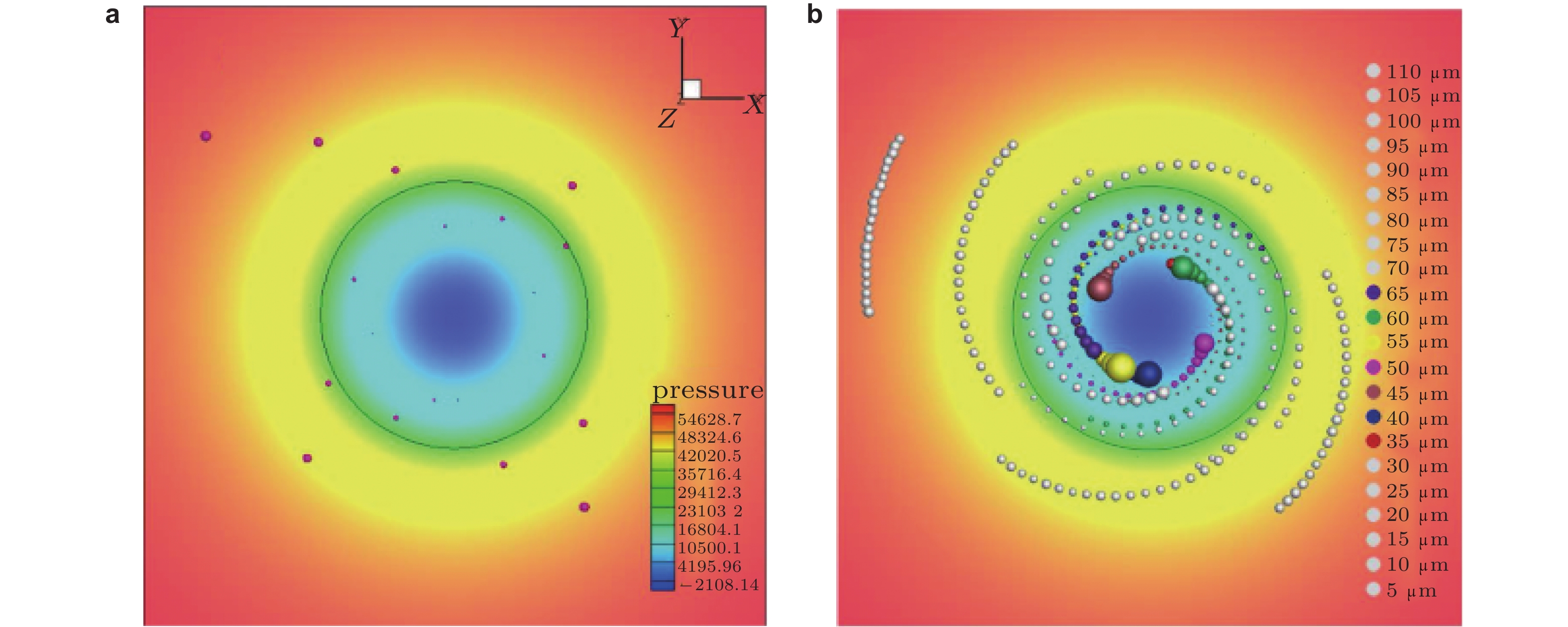

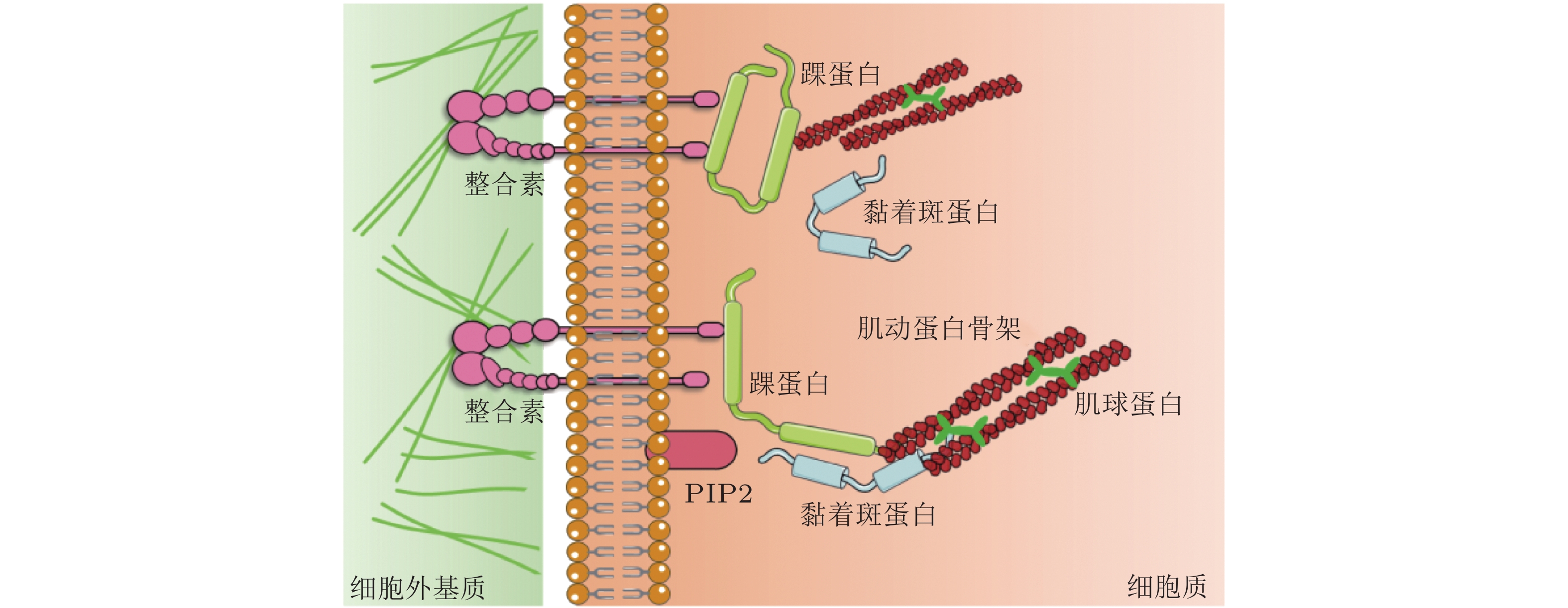
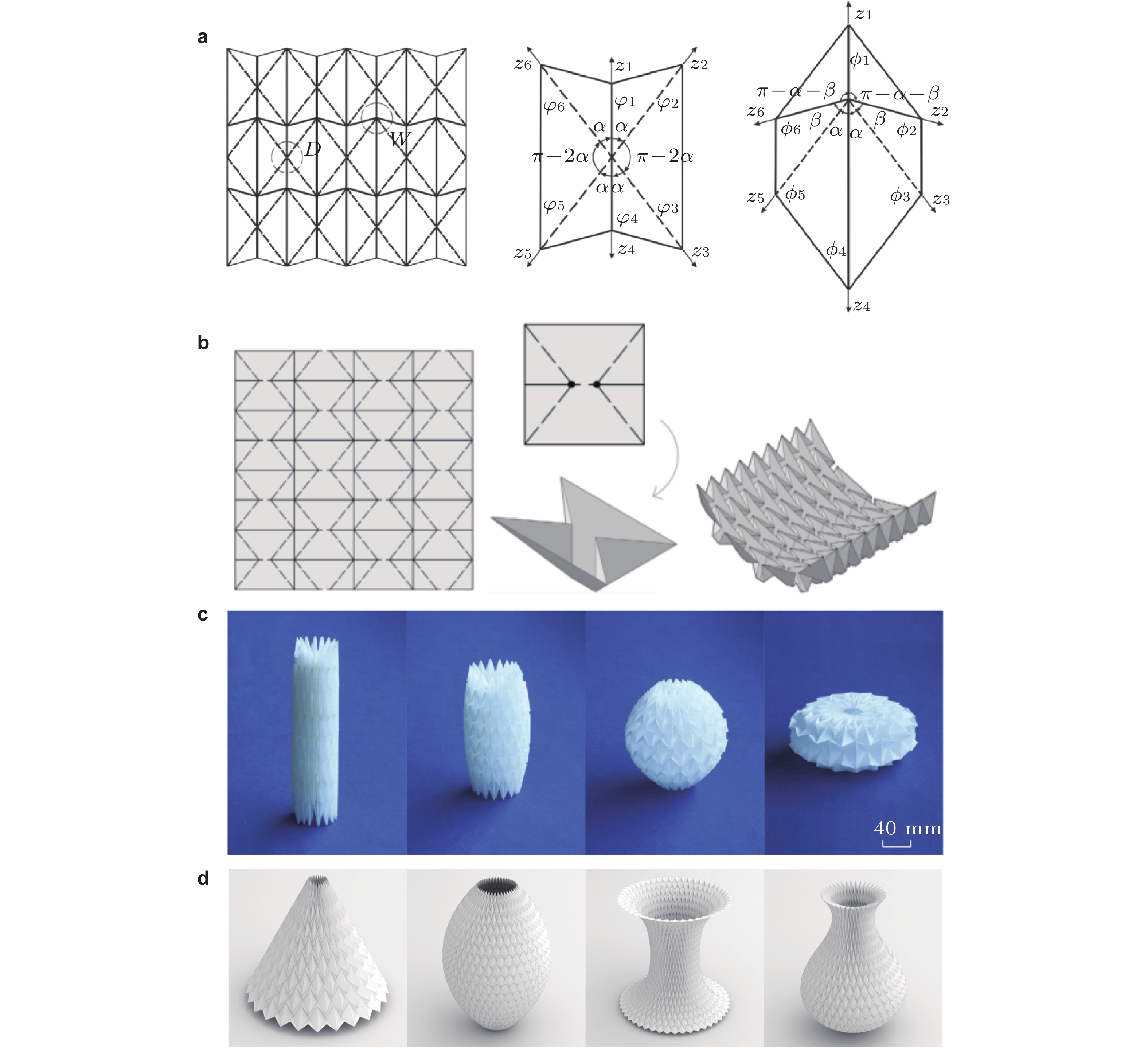
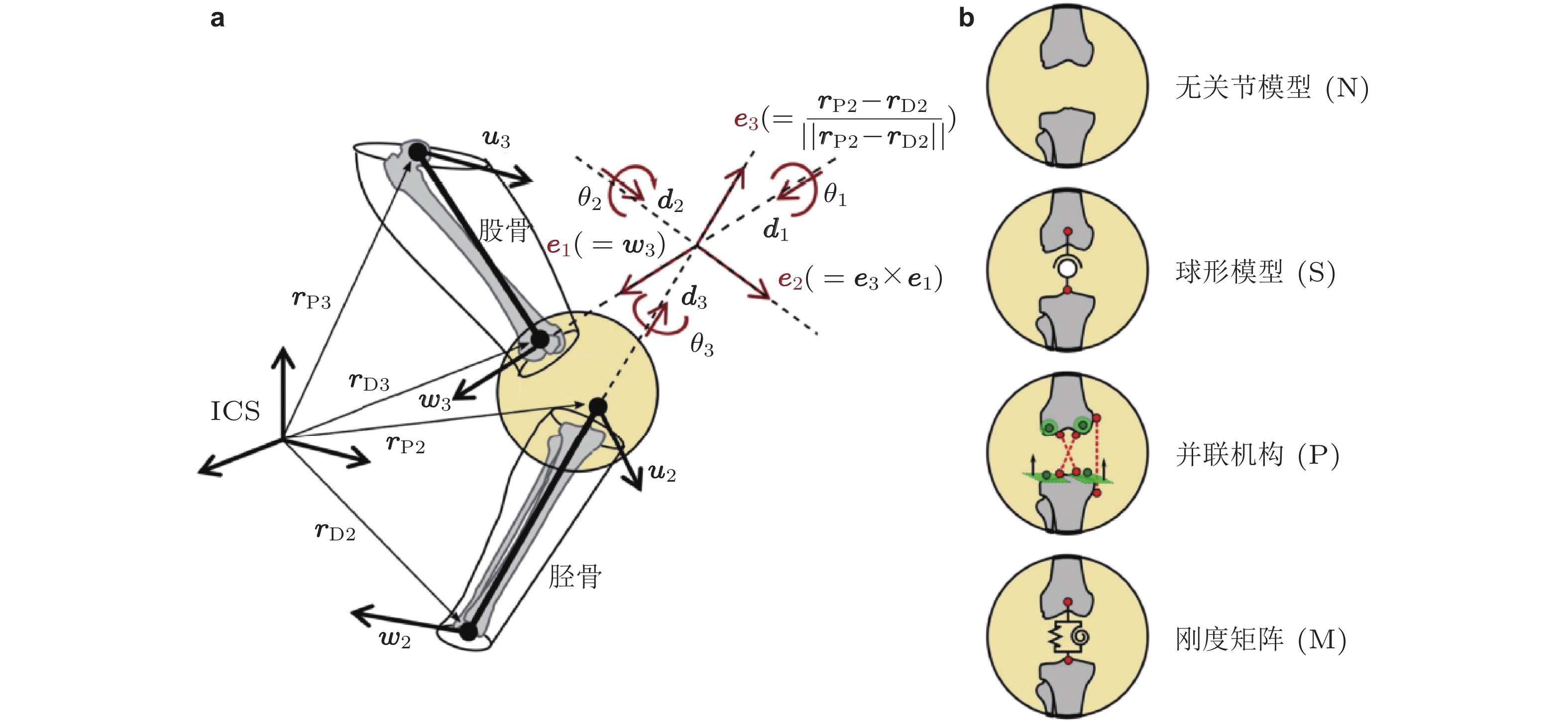
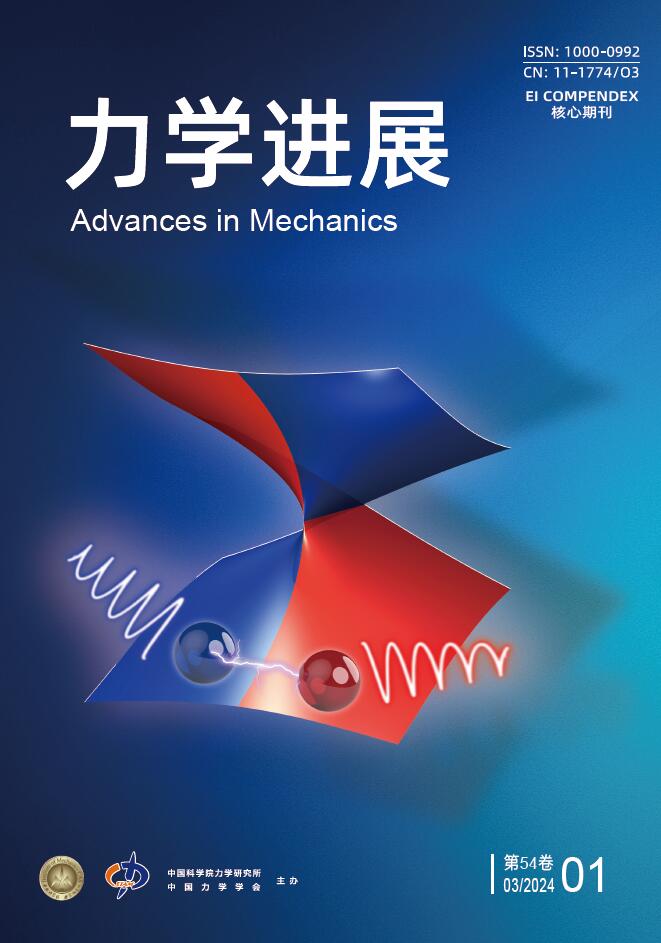




 Abstract
Abstract HTML
HTML PDF
PDF
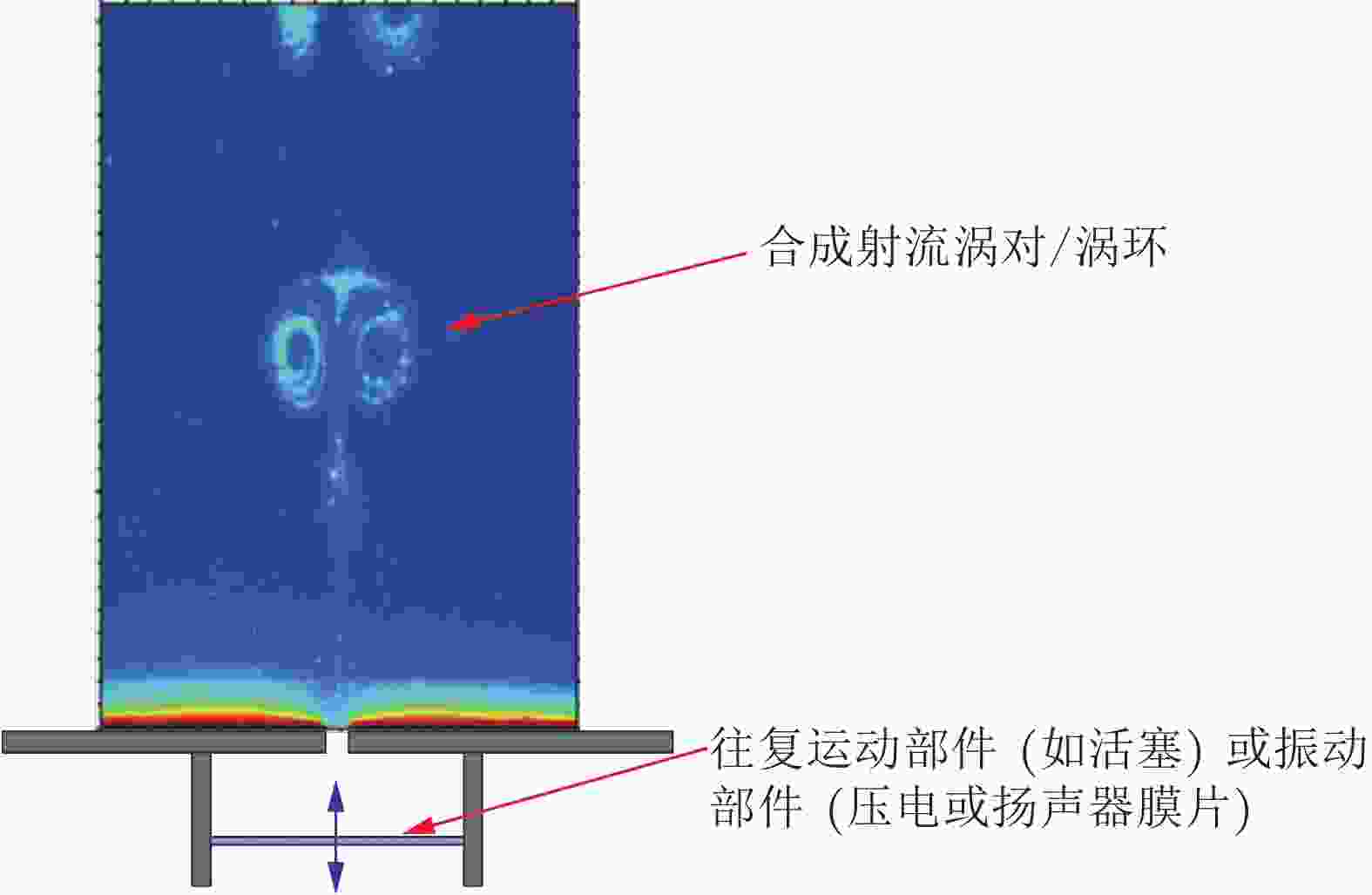
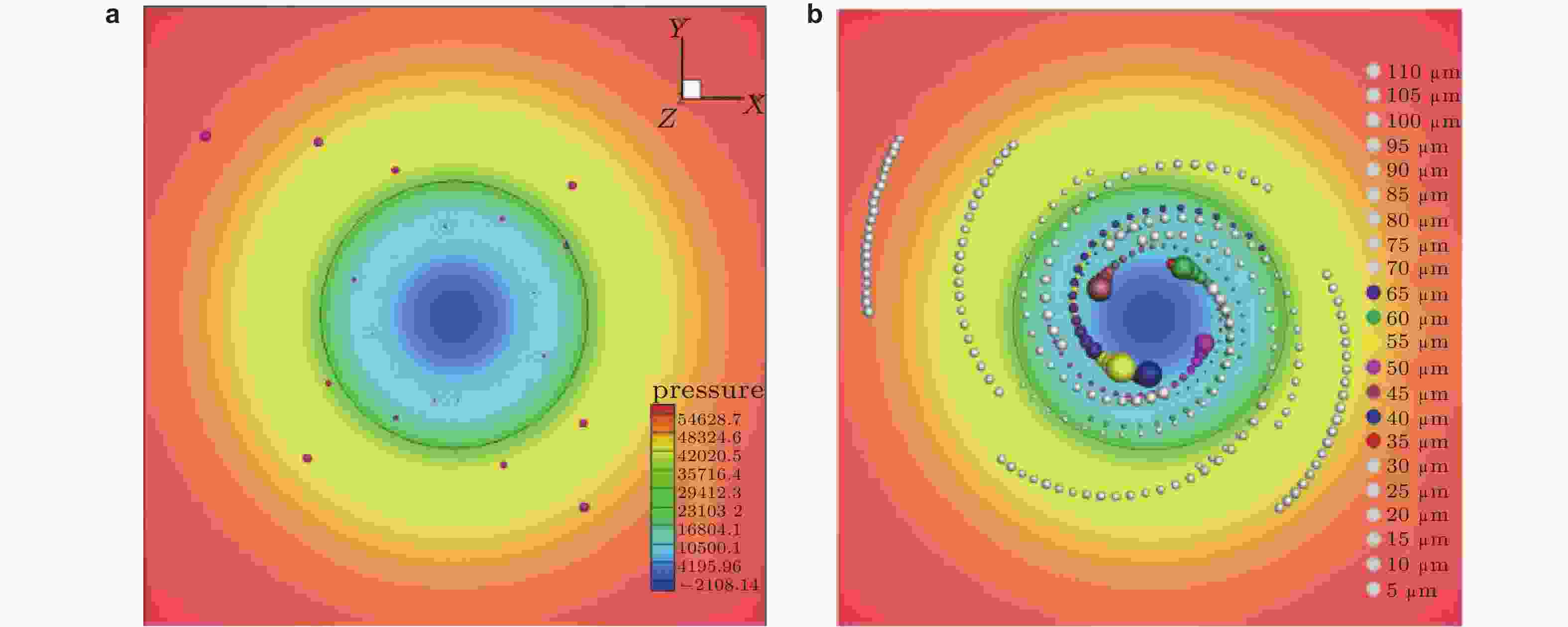
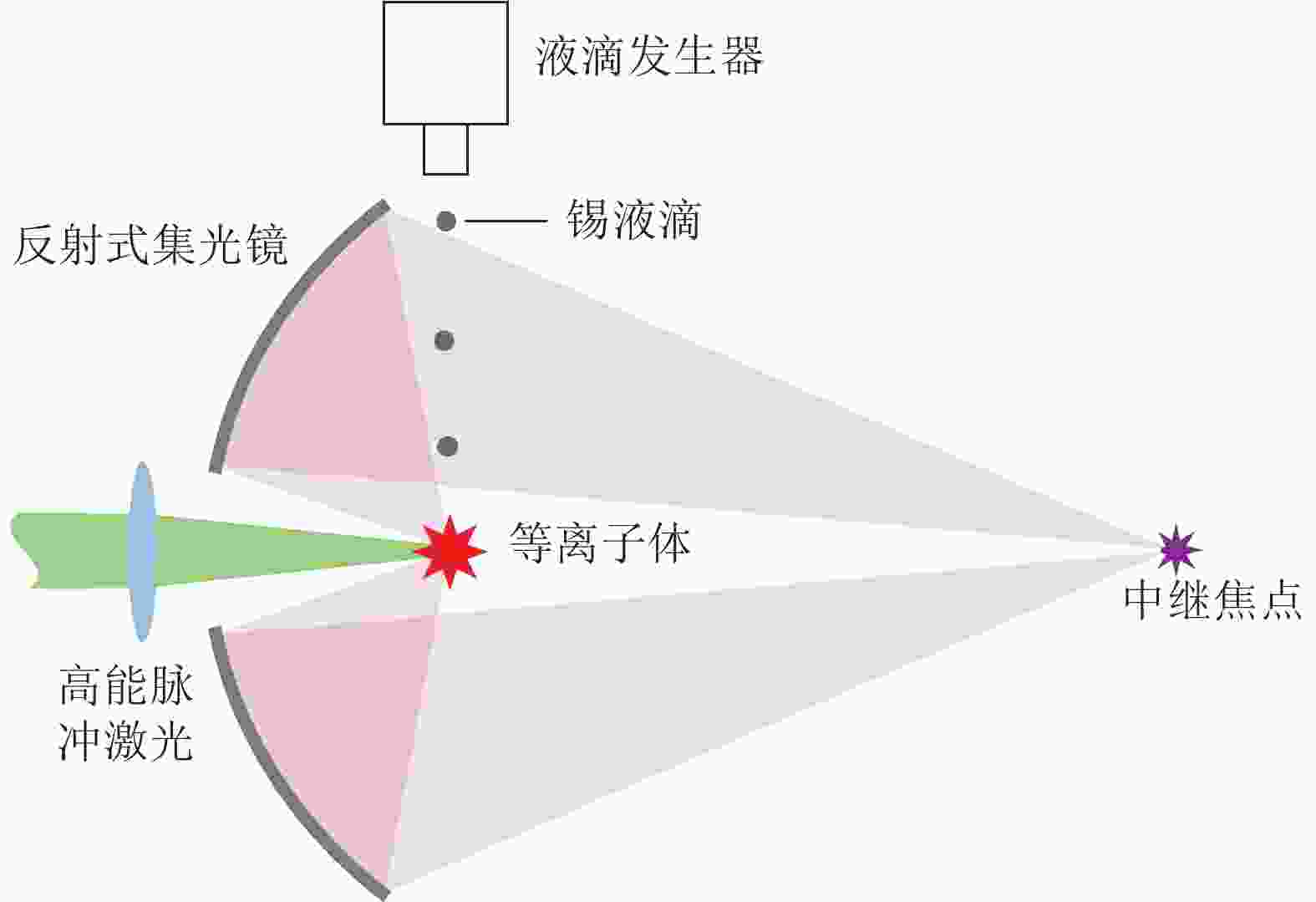
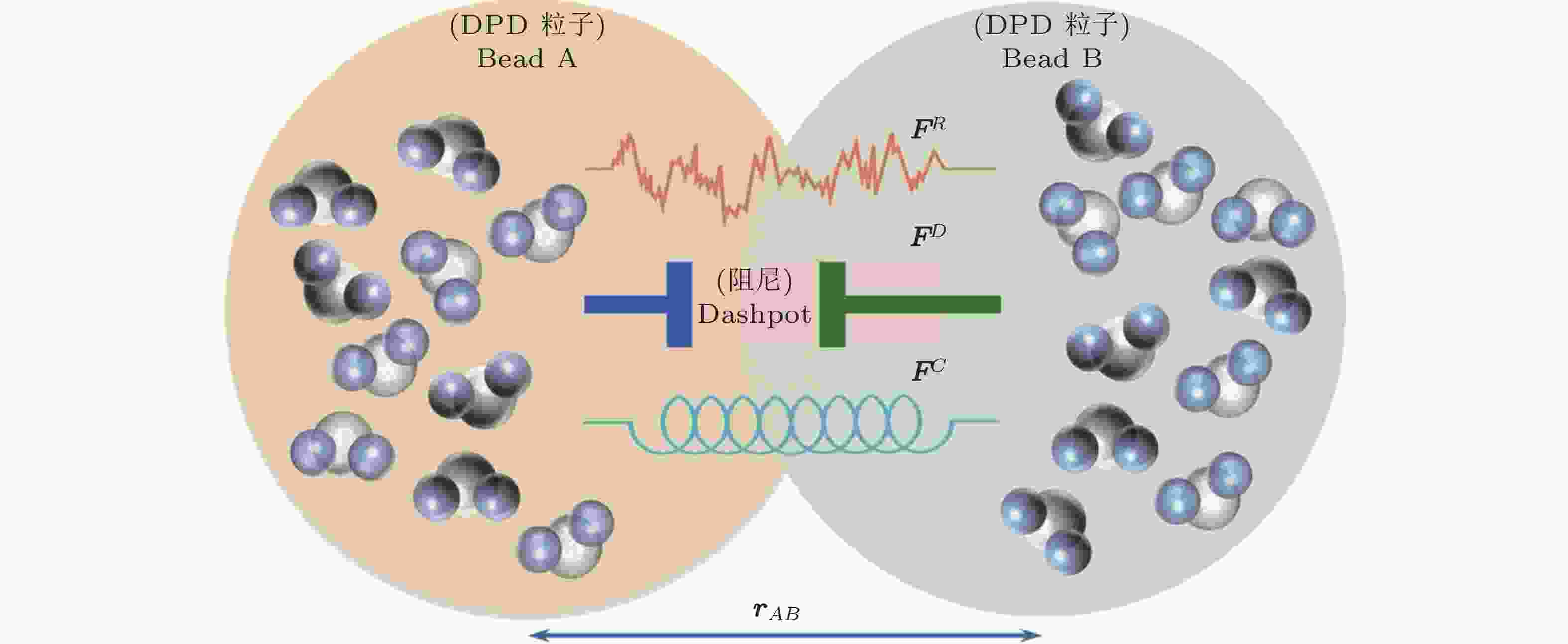
 Email Alert
Email Alert RSS
RSS